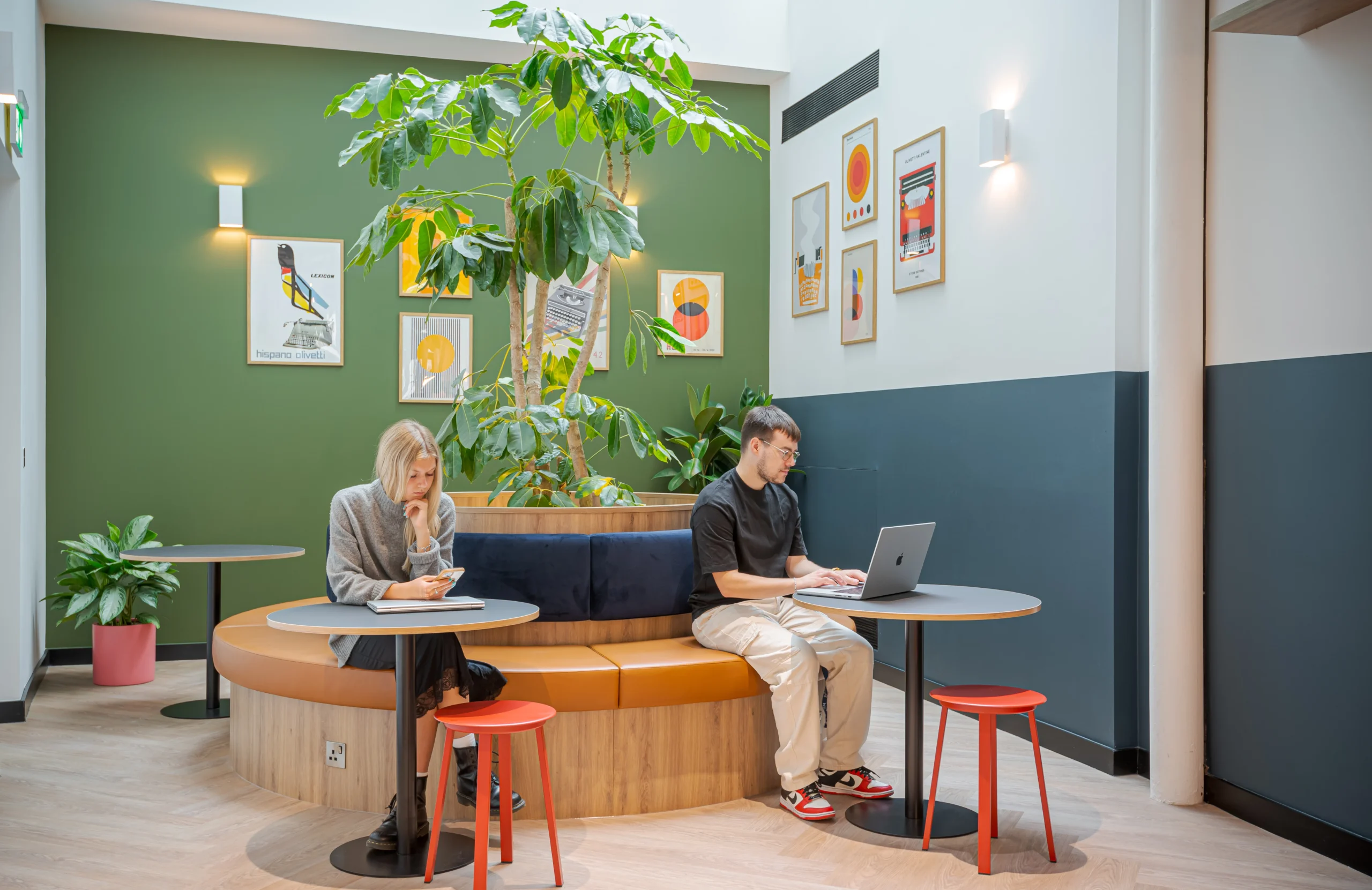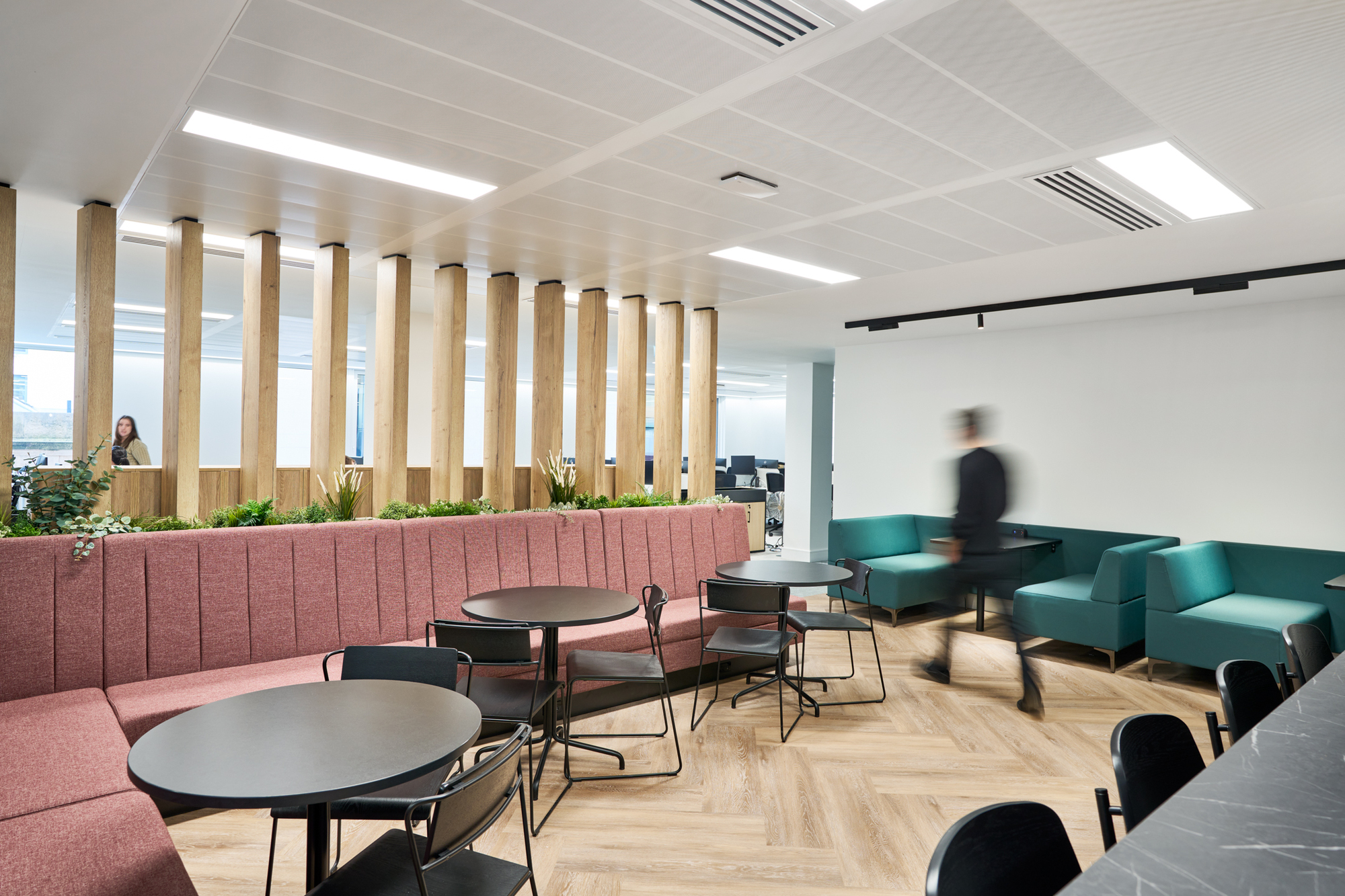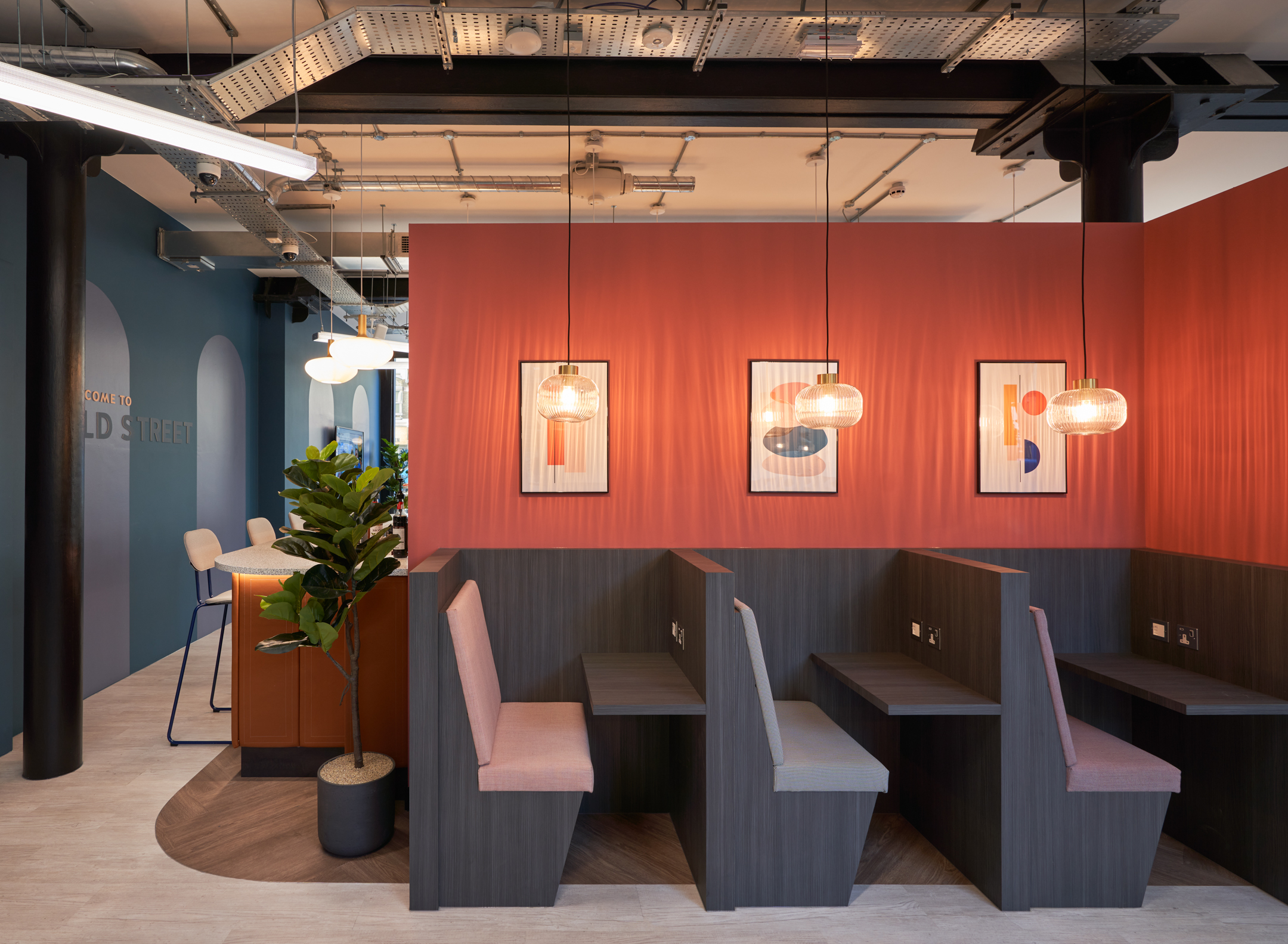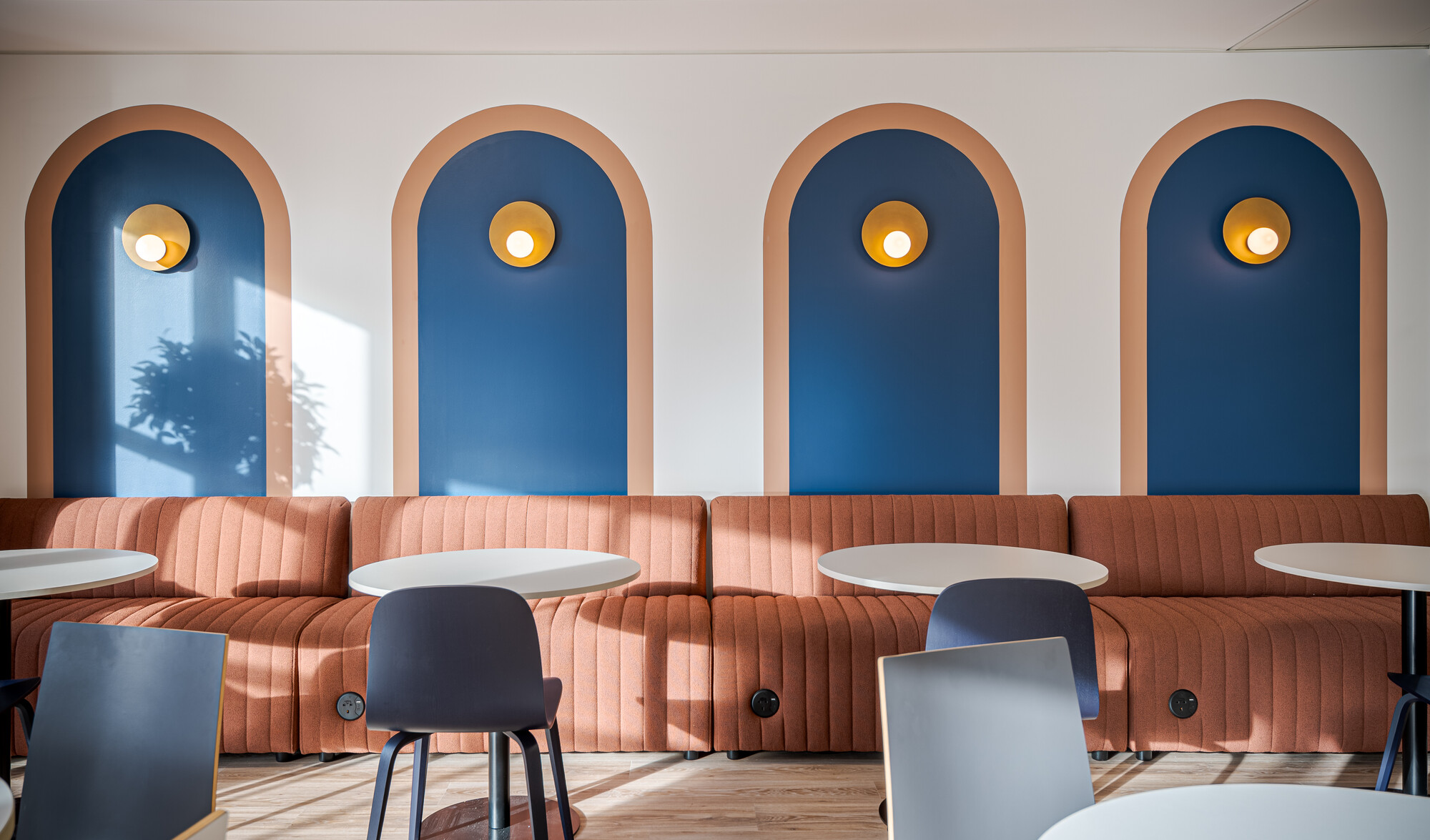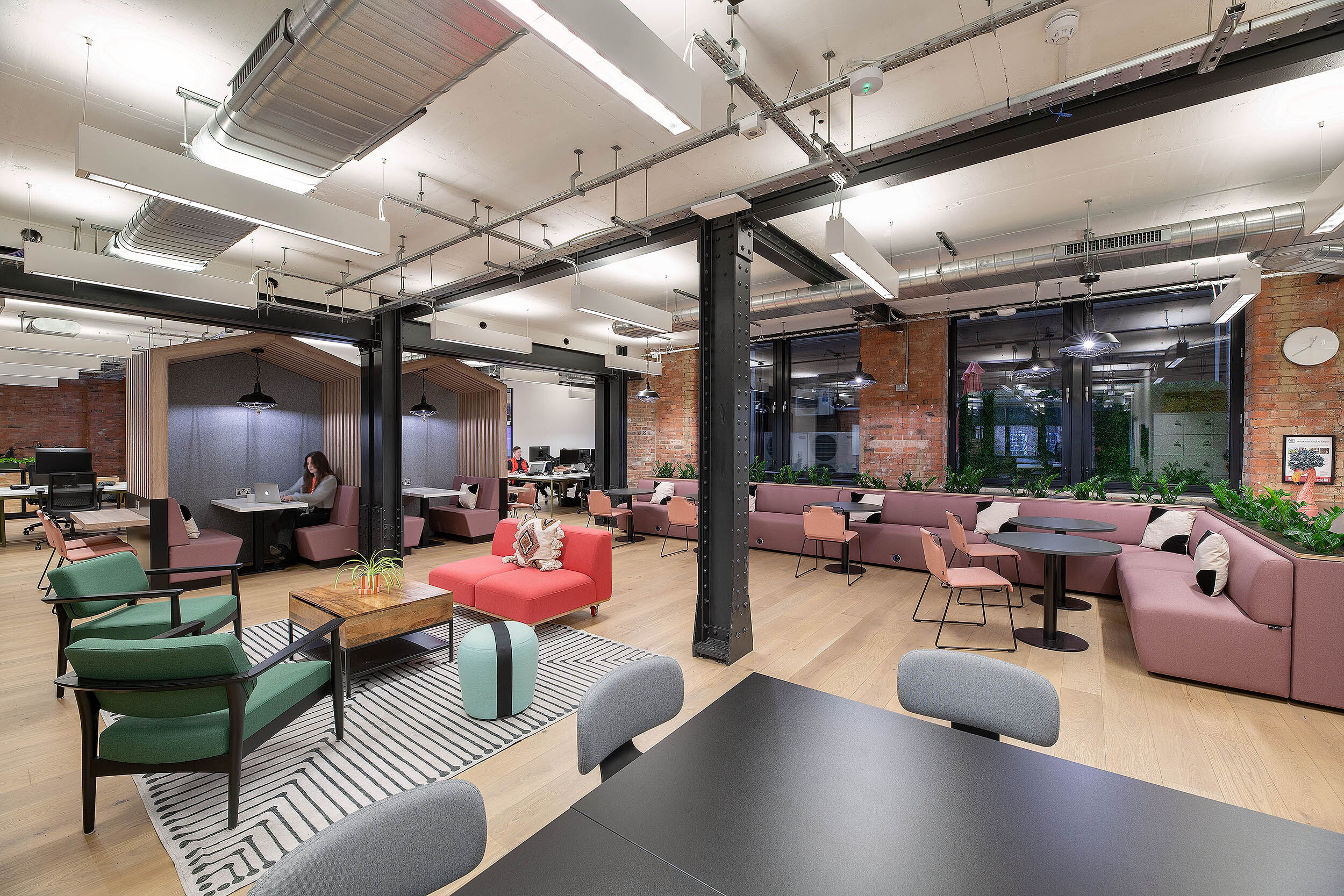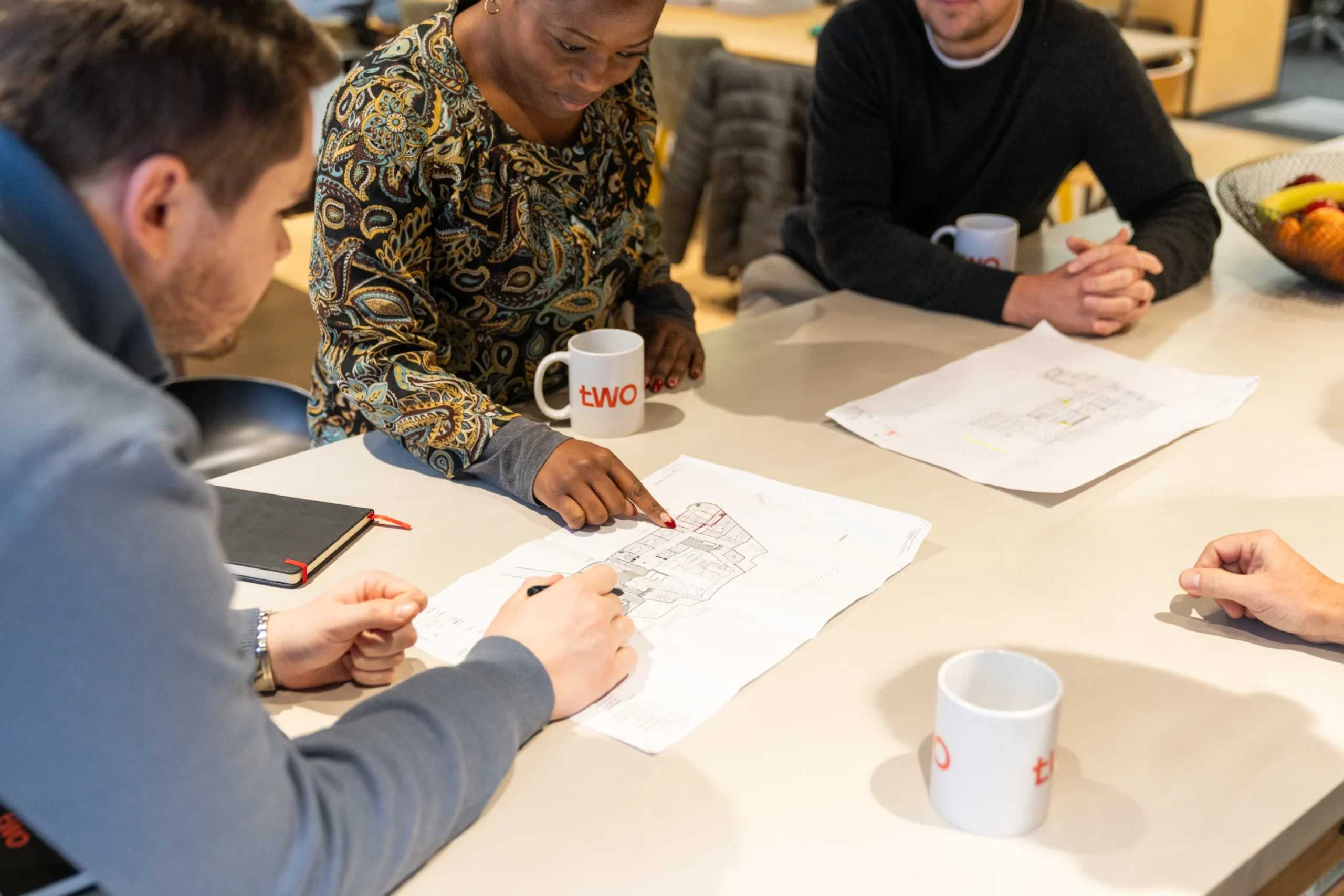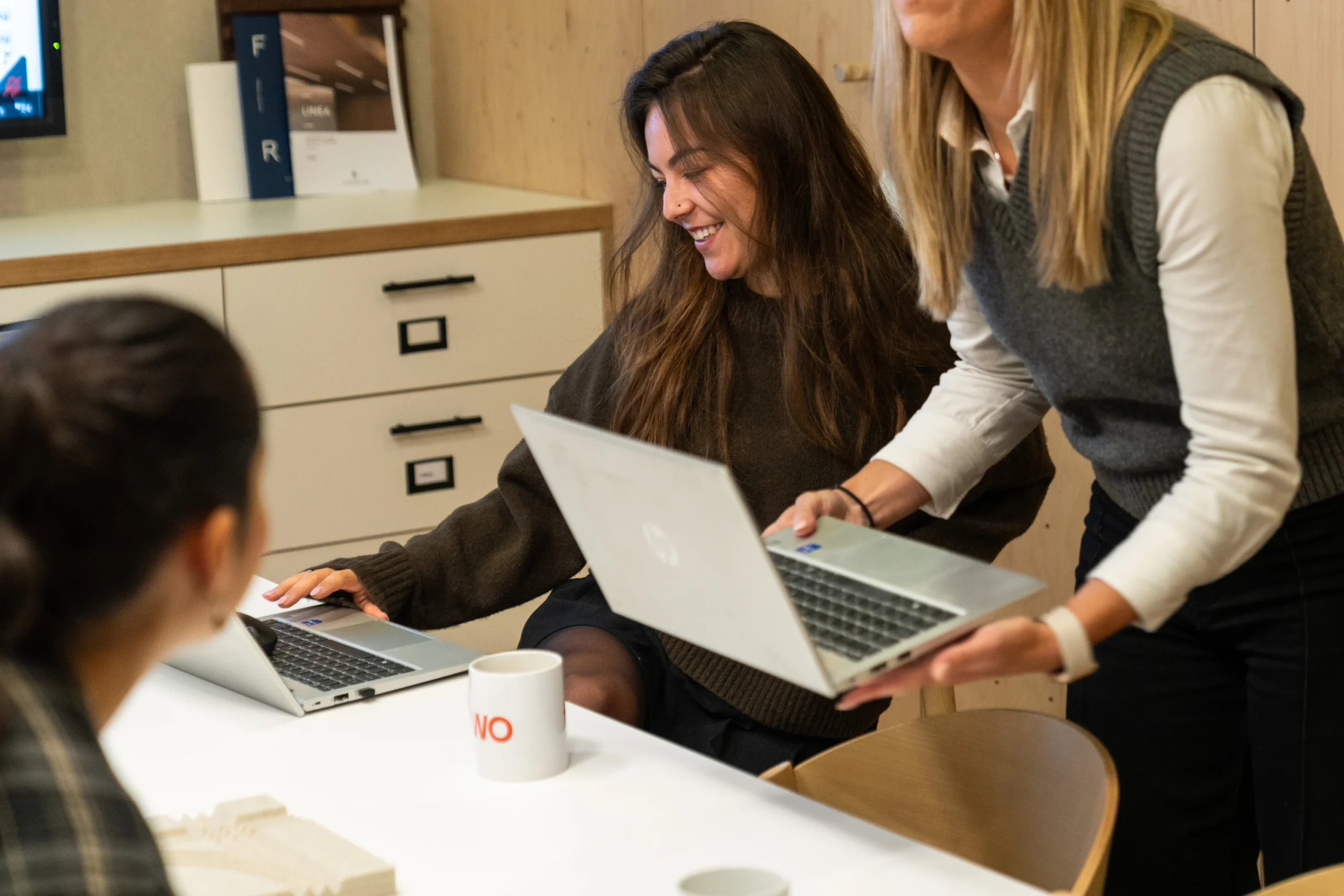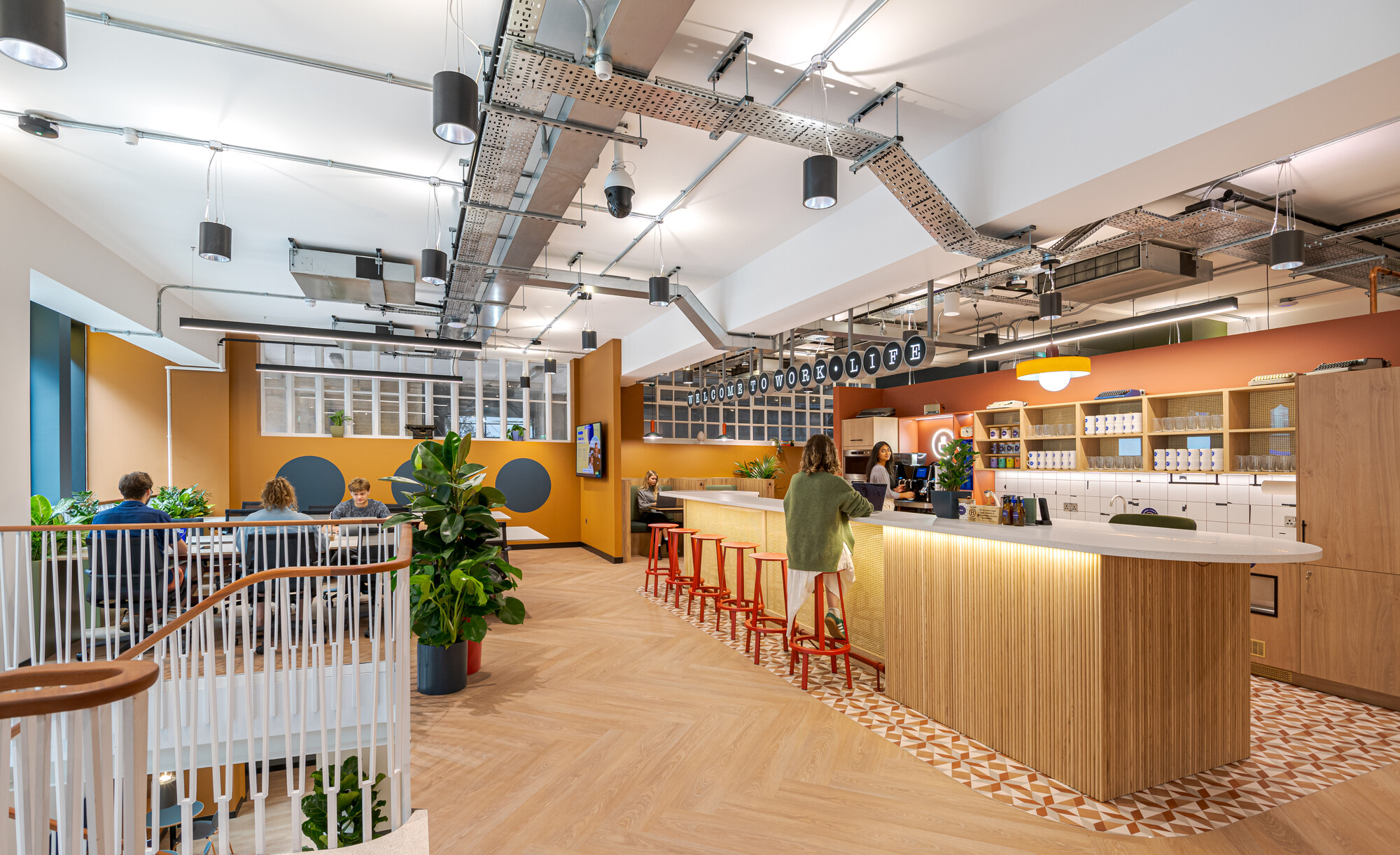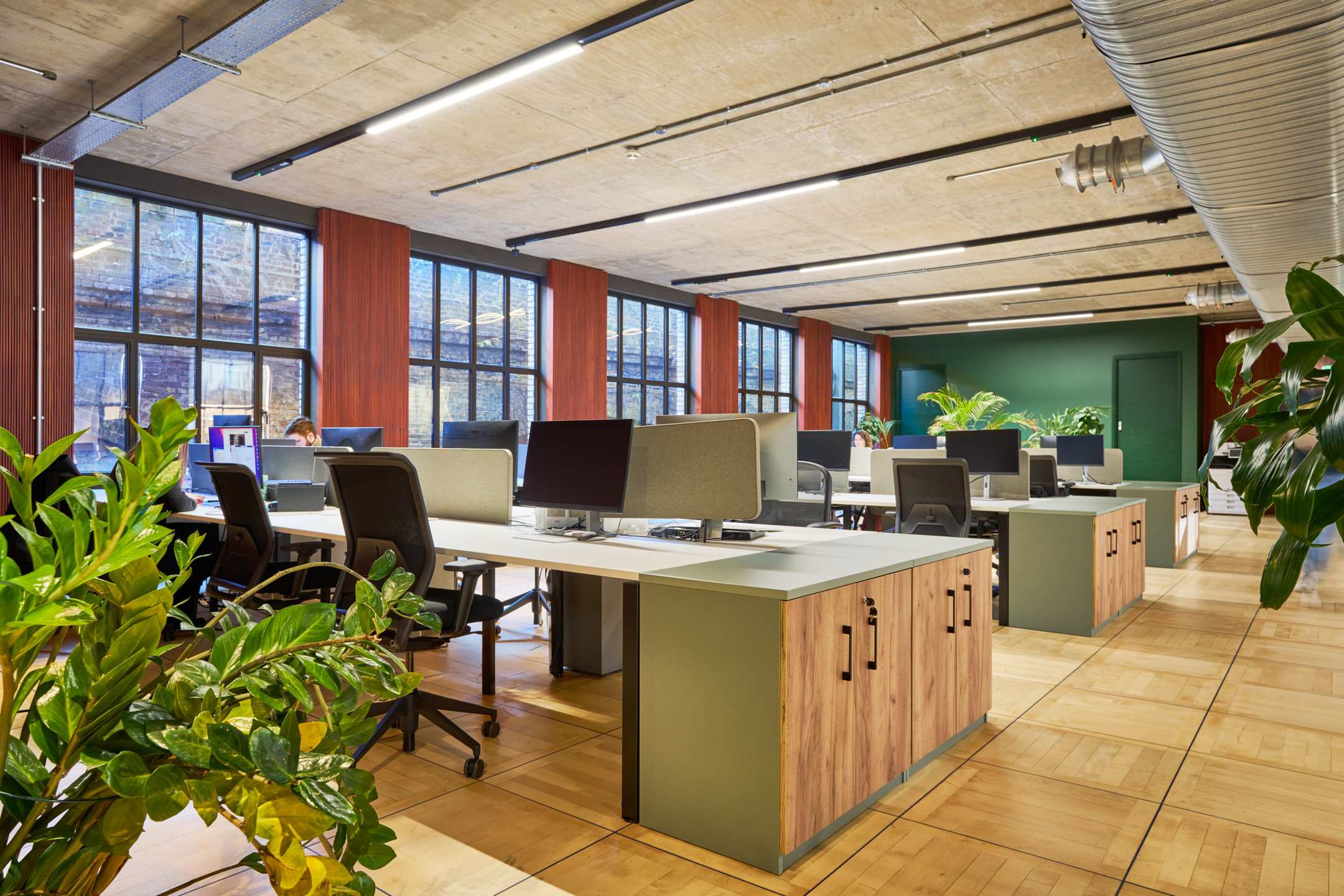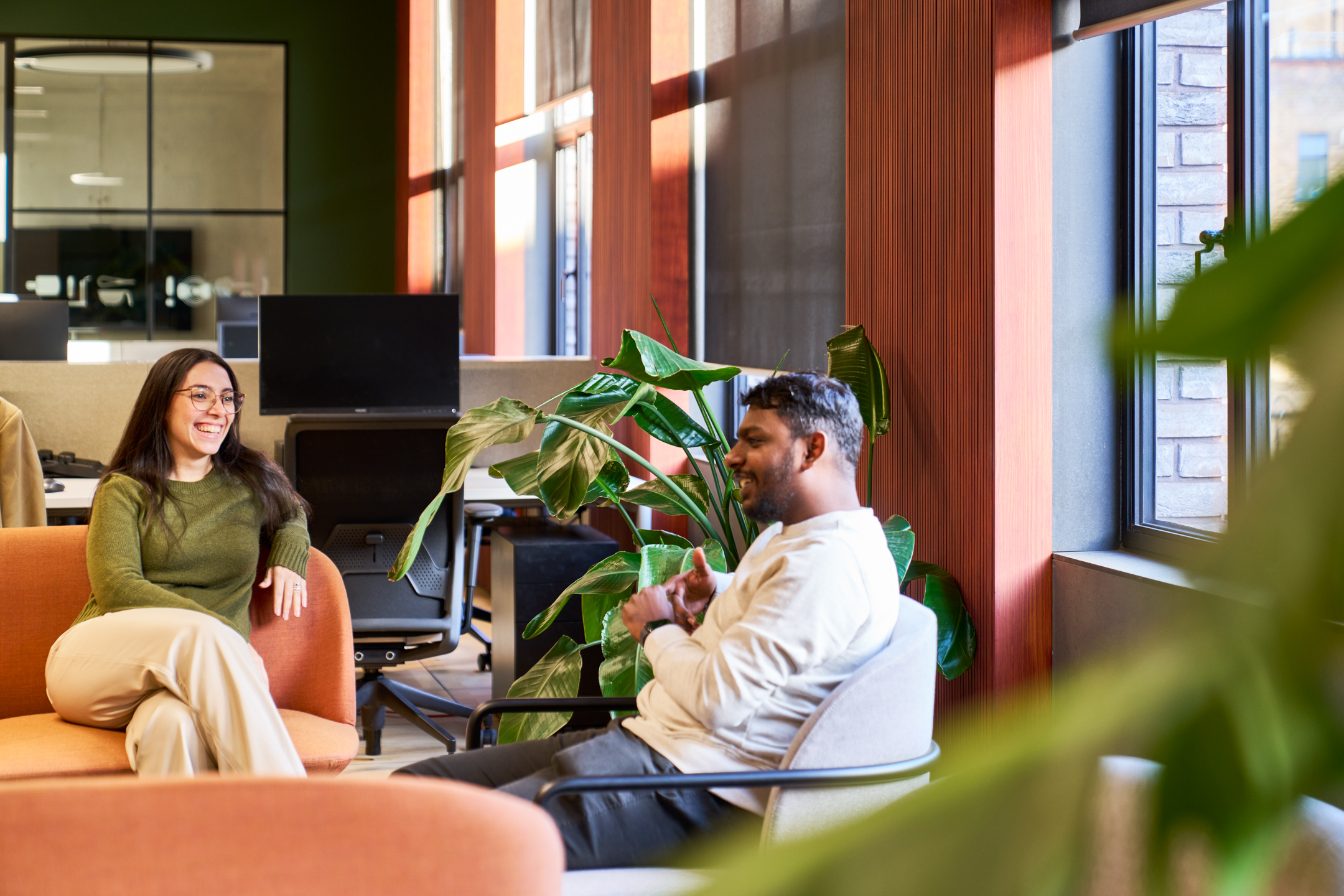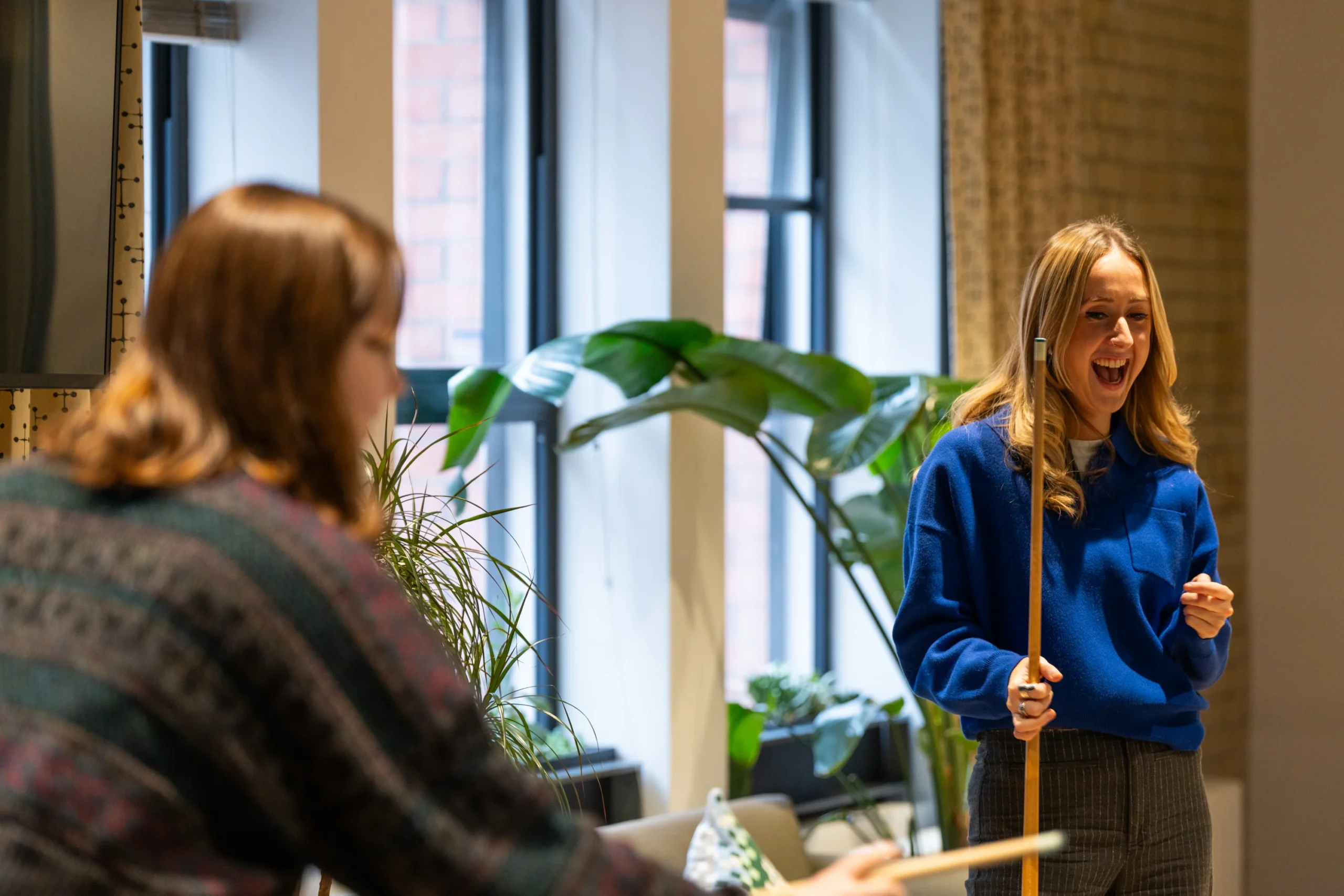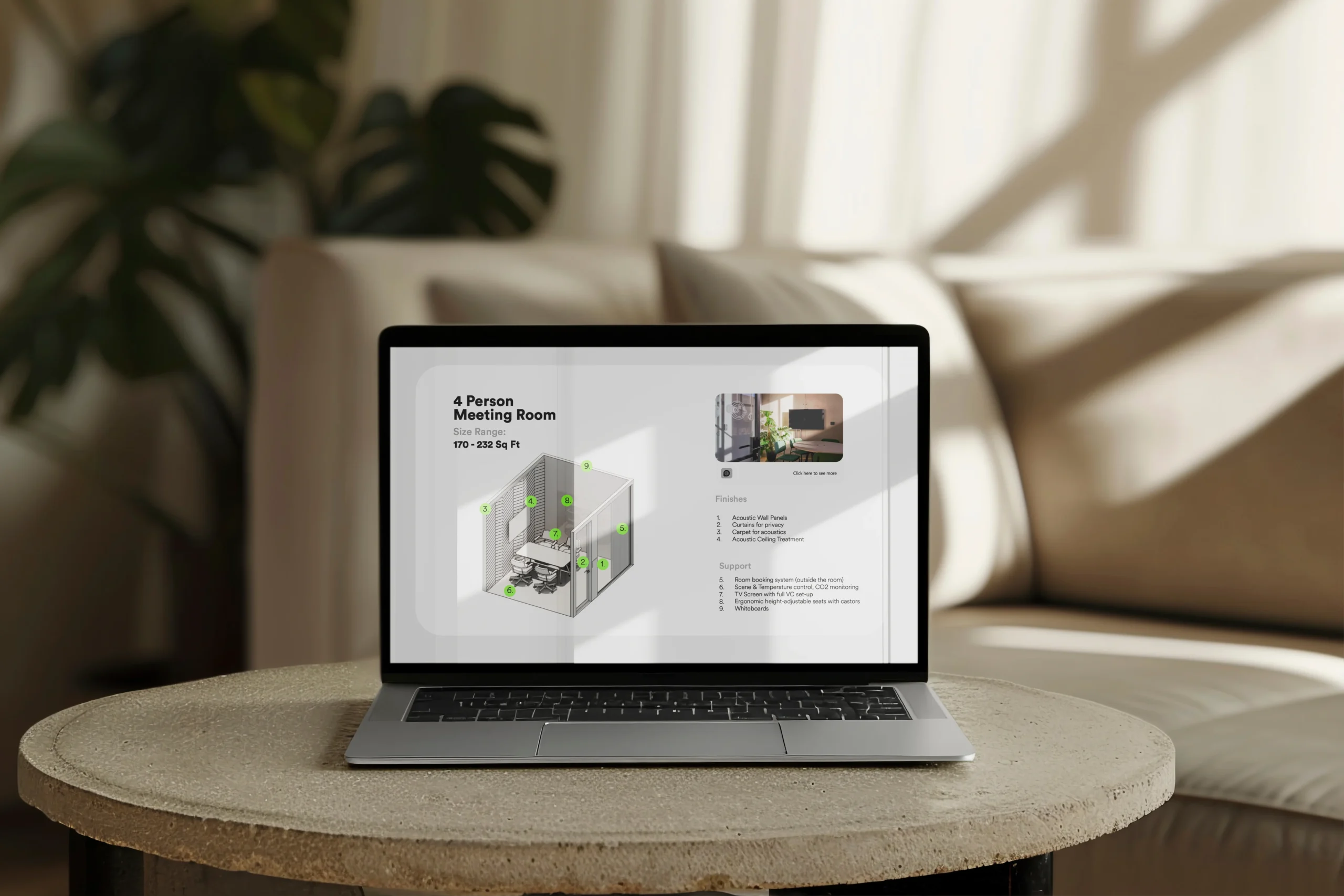Design Trends for Future-Proofing Your Office in 2025
Over the past 5 years it’s clear that the way we use office space has changed dramatically. While the office is still an essential part of our professional lives, hybrid working, shifting employee expectations, and advancements in technology have reshaped the modern workplace.
To stay relevant, workspaces need to support flexibility, well-being, and productivity in new ways. In this article, we explore key office design trends in 2025 that will help future-proof your workplace, ensuring it meets the demands of today’s workforce while remaining agile for the years ahead.
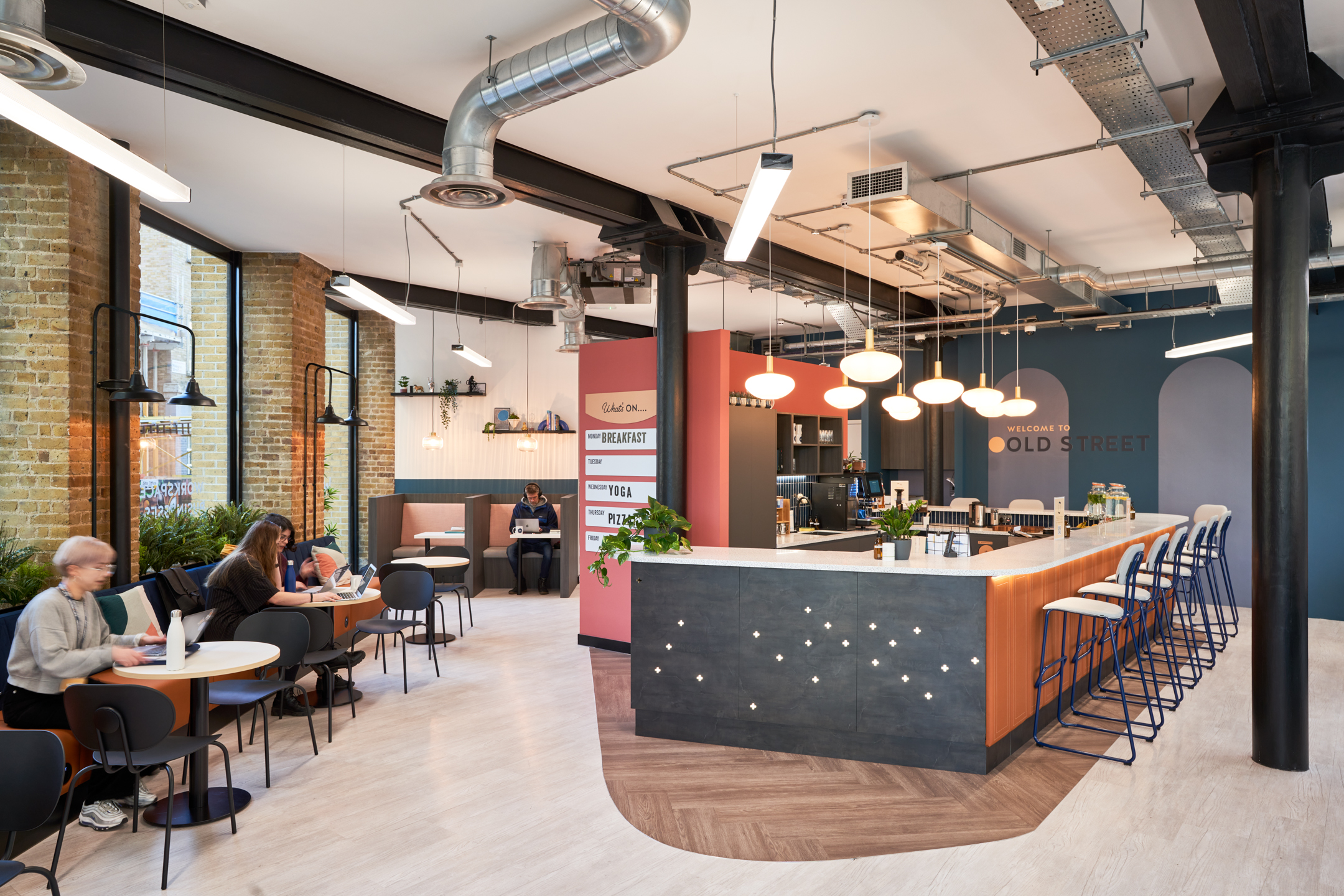
Improving Office Wellbeing and Health
As employee wellbeing becomes increasingly important to businesses, it’s clear that a healthy and positive office environment is essential for long-term success. By prioritising employee wellbeing, companies are positioning themselves for a future where employee health and happiness are not just buzzwords but integral to organisational success. By investing in their workforce’s physical and mental health and cultivating a positive working environment, businesses can proactively prepare for a future where a healthy workforce is a competitive advantage.
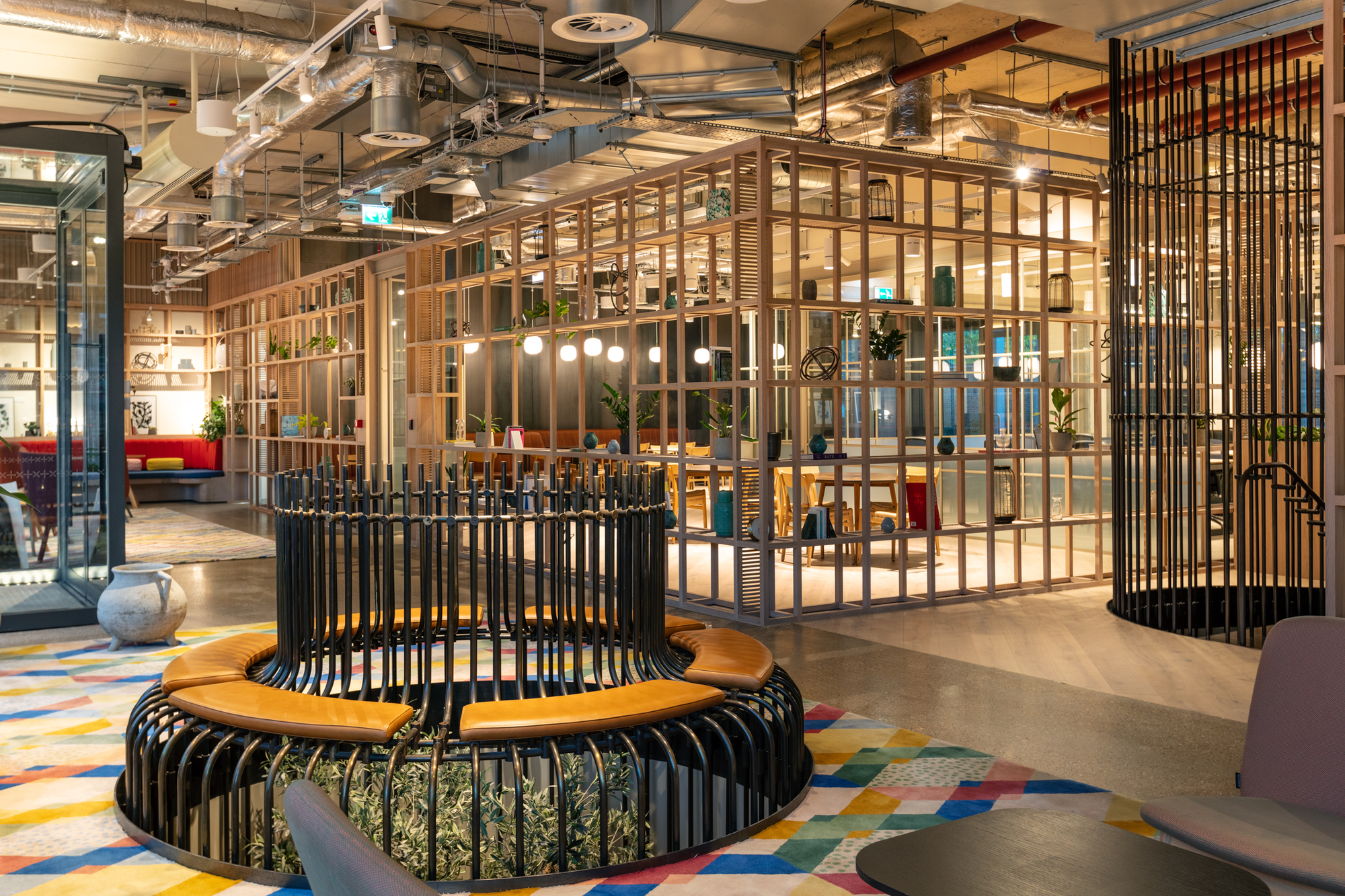
To future-proof the workplace, organisations must also consider the diverse needs and preferences of their employees. Incorporating agile working environments, with spaces tailored to specific user needs, ranging from quiet, calming areas to vibrant, collaborative spaces, not only addresses the current requirements of the workforce but also ensures that the workplace remains relevant and appealing in the face of changing expectations and emerging trends.
By fostering a culture of wellbeing and providing versatile, health-conscious workspaces, organisations are well-equipped to meet the evolving needs of their employees and adapt to the dynamic landscape of the future.
Creating Collaborative Office Space
Collaborative office spaces are essential for future-proofing the workplace. They provide a dedicated area where employees can collaborate to tackle complex challenges, share ideas, and work towards common goals. Organisations need to reinvigorate in-person interactions to encourage innovation. By offering a variety of collaborative spaces, companies ensure that everyone can find a setting that suits their needs. Whether it’s an open, bustling area for team meetings or a quiet, enclosed nook for focused individual work, giving employees choice and flexibility empowers them to work in the way that suits them best, which can boost ownership and motivation.
By incorporating versatile and well-designed collaborative spaces, organisations can adapt to the ever-changing demands of the future, where teamwork and innovation are key drivers of success. Future-proofing the workplace means recognising the central role that collaborative spaces play in nurturing creativity, teamwork, and overall employee satisfaction. By doing so, organisations can ensure that the office remains a hub of productivity and ingenuity in an ever-evolving professional landscape. Discover the unique collaboration space we designed for Wiser in a repurposed VW for inspiration!
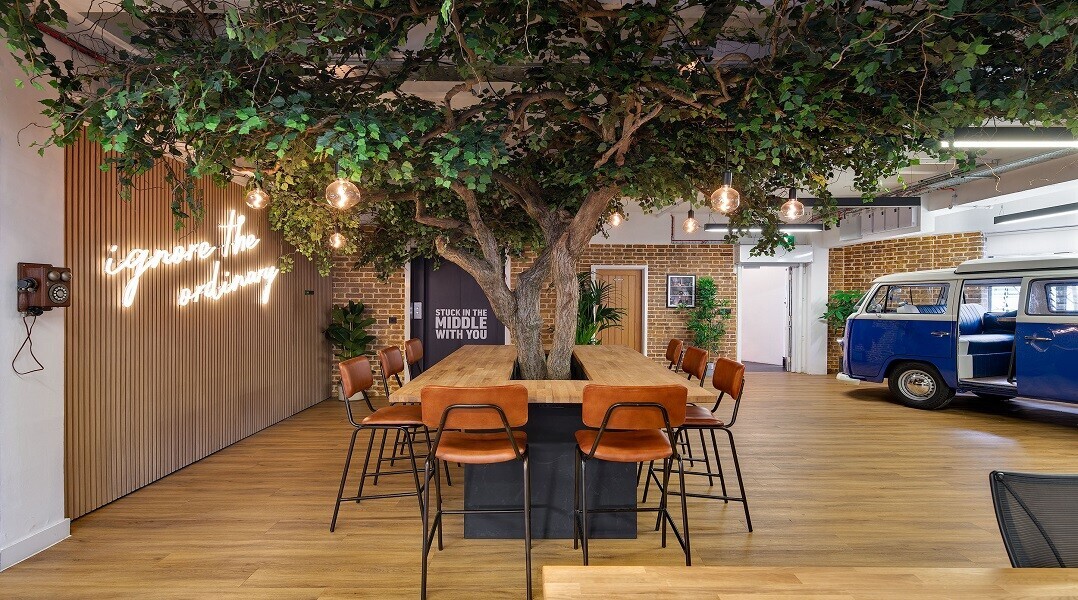
Incorporating Sustainability into Your Office
Sustainable office design is more than just addressing today’s environmental concerns. It’s also essential for creating a future-proof workplace that can adapt to changing societal and regulatory trends. The focus on sustainable office fit outs and refurbishments is growing, as businesses recognise that they need to stay relevant and compliant with increasingly stringent environmental regulations. By adopting sustainable office ideas, organisations can prepare for a future where sustainability is essential. This proactive approach helps businesses meet future environmental regulations, avoiding costly retrofits and ensuring long-term cost savings.
Investing in sustainable office furniture, eco-friendly materials, and innovative energy-efficient technologies also creates attractive workplaces that boost recruitment and retention efforts while contributing to a greener and more sustainable future. In short, sustainable office design is a forward-thinking strategy that reduces environmental impact and future-proofs the workplace, making it adaptable and resilient in the face of changing expectations and regulations. Read how we can deliver ESG (Environment, Social and Governance) performance to your office.
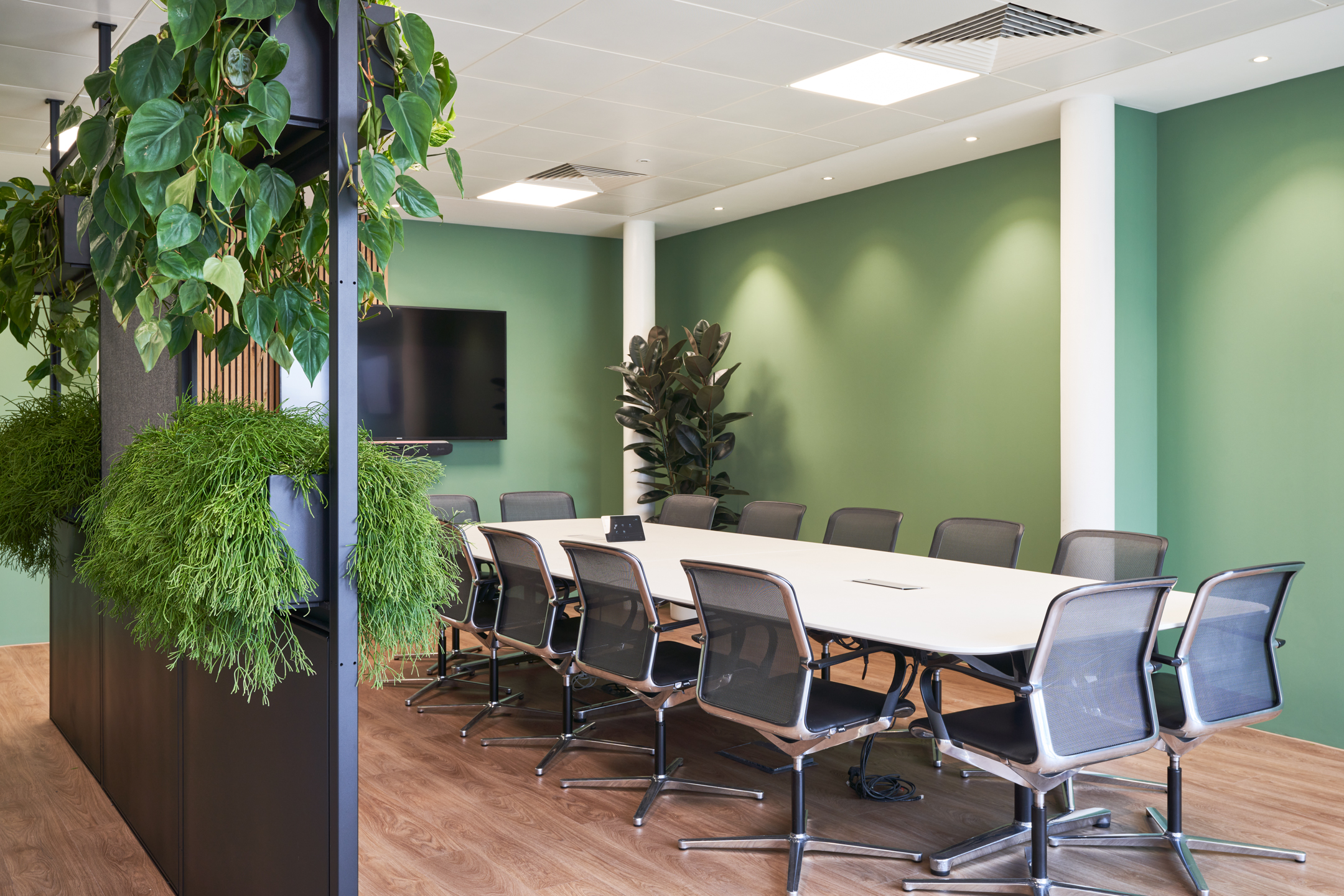
Designing Future-Ready Hybrid Workplaces
Hybrid and flexible work arrangements are essential for future-proofing the modern workplace. They boost employee satisfaction and work-life balance and bring significant benefits to organisations. By allowing employees to split their time between the office and remote work, companies can tap into a wider talent pool and harness diverse skills and perspectives worldwide. Flexible work options can also enhance productivity, as employees can choose the environment that best suits their tasks.
Hybrid and flexible work models also make companies more resilient to unforeseen disruptions, such as pandemics or natural disasters. They allow for seamless transitions between in-person and remote work. Overall, hybrid and flexible work models empower both employees and organisations to thrive in an ever-evolving work landscape. They ensure that companies remain competitive and adaptable well into the future.
As we look to the future, one thing is certain: the workplace is evolving at an unprecedented pace. The future-ready workplace is not just a concept, it’s a dynamic, adaptable, and resilient ecosystem that will keep businesses thriving in the ever-changing professional landscape.
Want to get more ideas for future-proof office design in 2025? Read our article: Designing for Neurodiversity in the Workplace.
